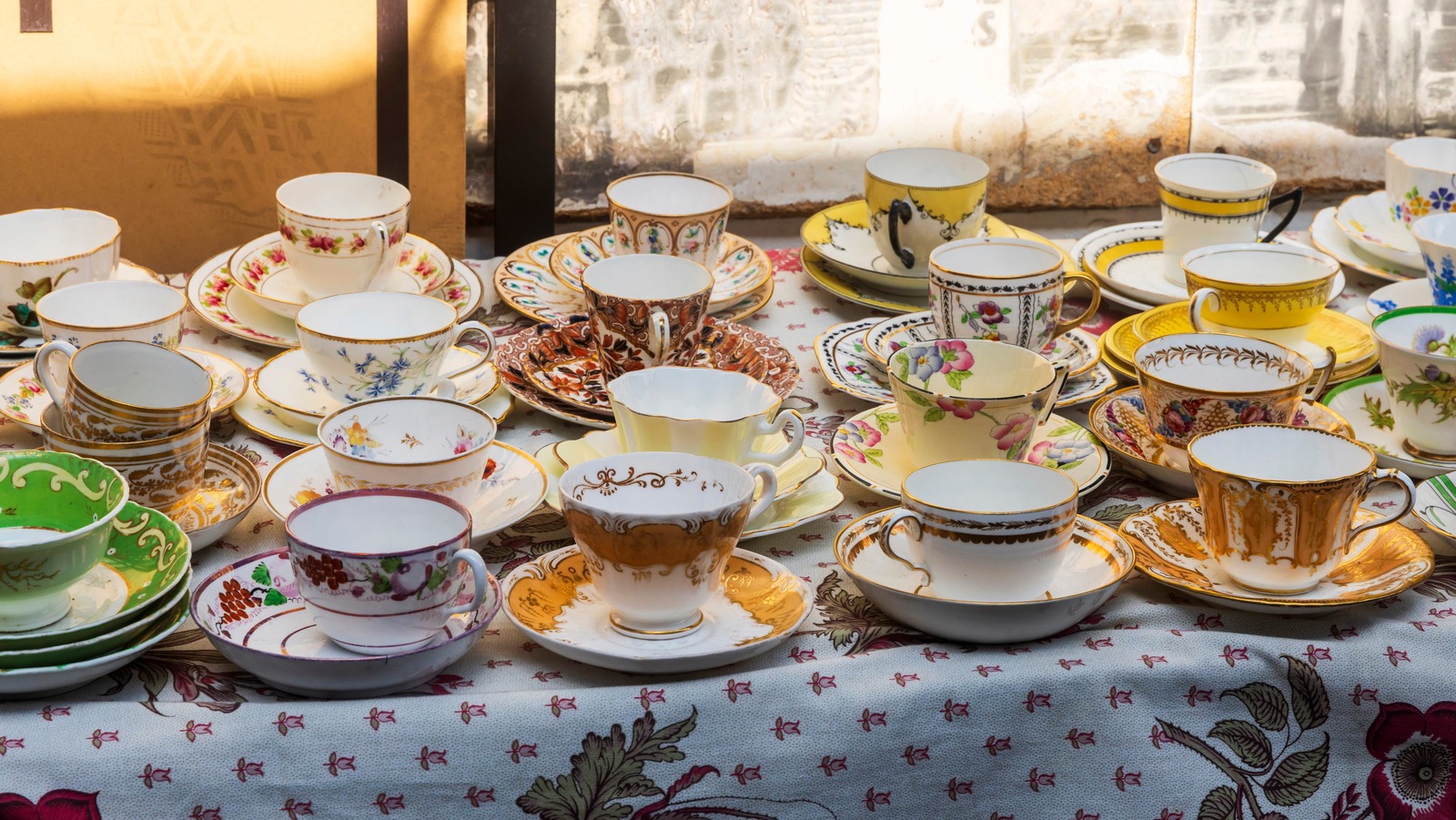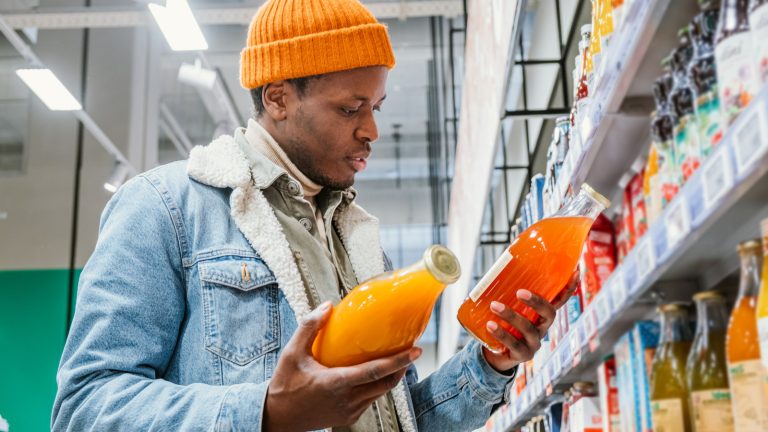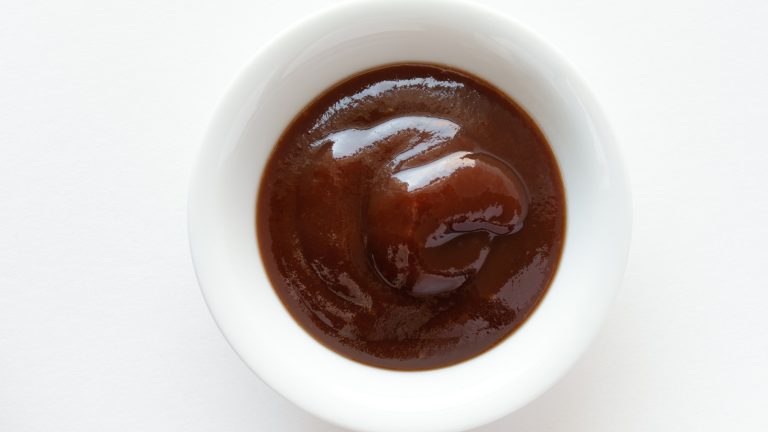Vintage teacups are precious things. Their different designs, patterns, and markings of origin make them little holders of history, where every sip could tell a story. If casting your eyes on your collection every day — maybe even enjoying a genteel cup of Earl Grey or the perfect cup of Darjeeling — is your thing, taking care of them properly is of paramount importance.
These fragile pieces of fine vintage china can’t be treated like any old day-to-day teacup. Teacups are considered vintage if they were made in the early to mid-20th Century (anything older is considered antique), and have rare, often era-specific designs and patterns that are representative of their time. Because of their hard-to-find status, the thin and delicate way in which they were made, and the natural wear and tear over time, these fragile cups need extra TLC to keep them in their best condition to be gifted from generation to generation.
Storage is the first consideration. Vintage cups are often stored for display, leaving them vulnerable to dust and being jolted or knocked over by a passerby. So keeping them in a glass display cabinet that can keep out some of the dust and is not in the direct line of fire of movement is your best bet. And even if your cups are stored in a closed cabinet, these generally won’t be airtight, so you should aim to dust your vintage teacups every six months or so. Dust can deface the beautiful and delicate artwork, and even damage the porcelain or bone china.
Handling and cleaning your vintage cups
If you simply store your vintage teacups in a box or cupboard, try to keep them in a spot where the temperature stays the same — so up in the attic or in your garage, which can both get really hot, are not ideal places. You’ll want to keep them in a solid and sturdy container, and cushion your delicate cups to protect them from any unexpected bumps or jolts. Use bubble wrap or soft towels to separate them and act as soft shock absorbers. Newspaper is a no-go because the print can transfer onto your cups if there’s any heat or damp; it also doesn’t make for the best cushion.
If you use your vintage teacups, cleaning them correctly is vital to keep your vintage cups in their best condition. Never use overly hot water to wash your cups — this can cause them to crack. Warm water with gentle dishwashing liquid or mild baby soap is the way to go, preferably with a dish towel at the bottom of the sink to prevent a bump that could result in chipping. And always wash your cups by hand.
These lovely cups are unfortunately prone to stains if not looked after correctly. Either wash them immediately after use or make a solution of a tiny bit of vinegar and warm water and gently rub the stains off. If your stains are stubborn, mix vinegar and baking soda and let it stand in your cup for a few hours.






